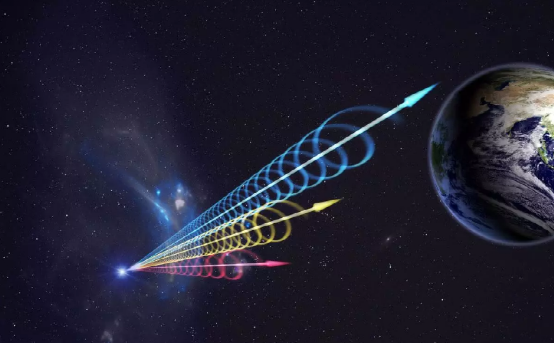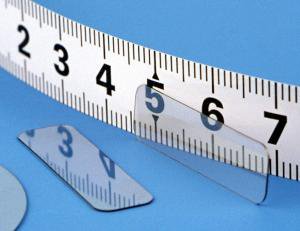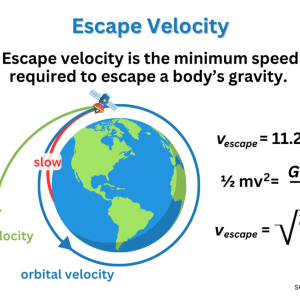
No.
This is a very common thought-experiment – called the Ehrenfest paradox – and like most paradoxes – it isn’t a paradox at all.
The problem is that you’re imagining a perfectly rigid disk – and there cannot ever be such a thing…not even in a “thought experiment”.
Real materials are made of atoms – and the atoms are held together with electromagnetic forces.
So when you apply a force to the center of the disk – you’re forcing the atoms on the inner edge to move at some speed or other. But that force is only transmitted to the atoms further out by electromagnetic forces – which are limited to the speed of light.
So as you start to rotate the disk – the outer edge (eventually) starts to turn, as you’d expect – but as you accelerate the inner edge, the outer edge starts to get closer and closer to the speed of light.
That means that time is slowed down and the mass of the atoms out there increases (as seen by the atoms closer to the inner part).
The result is that those electromagnetic forces can’t keep up and the disk twists internally such that the outer edge can never reach light speed.






